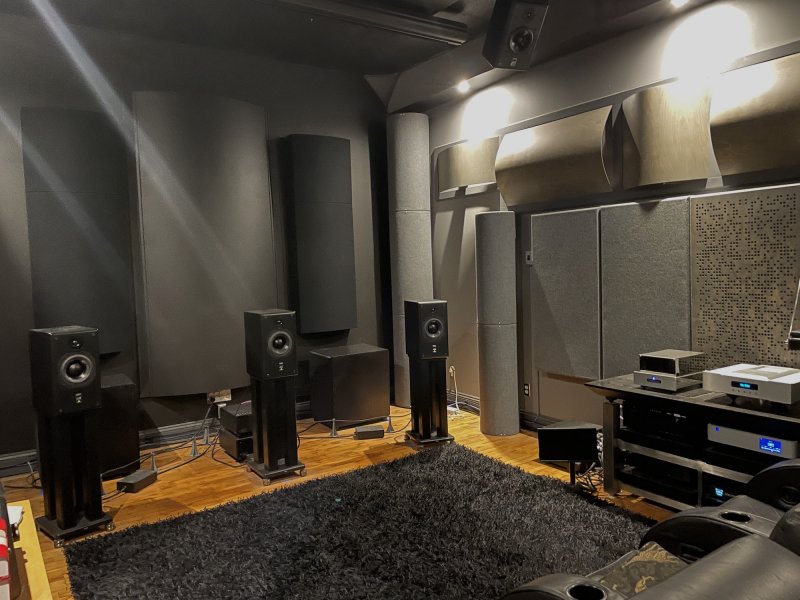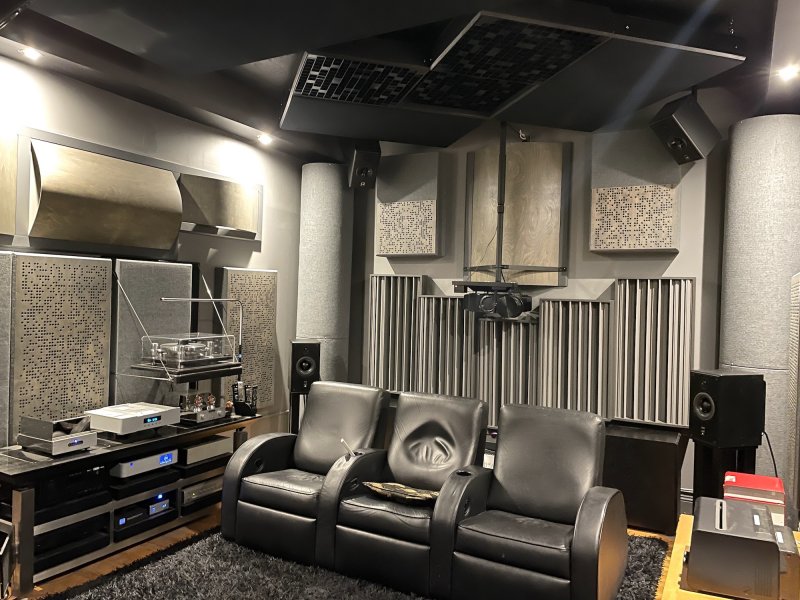Hello,
I have been looking at regular consumer ATC active speakers for my 2 channel system. My son has been recording music and we have built a very modest studio in the house. He was telling me about ATC pro active speakers that we will use when we mix. What am I giving up if anything by going with these over the regular consumer line? I would use them with my 2 ch and when needed we can use them for mixing. I am looking at the 50's the room is 14 x 24 x 8 feet. Maybe 100s?
Thanks
I have been looking at regular consumer ATC active speakers for my 2 channel system. My son has been recording music and we have built a very modest studio in the house. He was telling me about ATC pro active speakers that we will use when we mix. What am I giving up if anything by going with these over the regular consumer line? I would use them with my 2 ch and when needed we can use them for mixing. I am looking at the 50's the room is 14 x 24 x 8 feet. Maybe 100s?
Thanks



